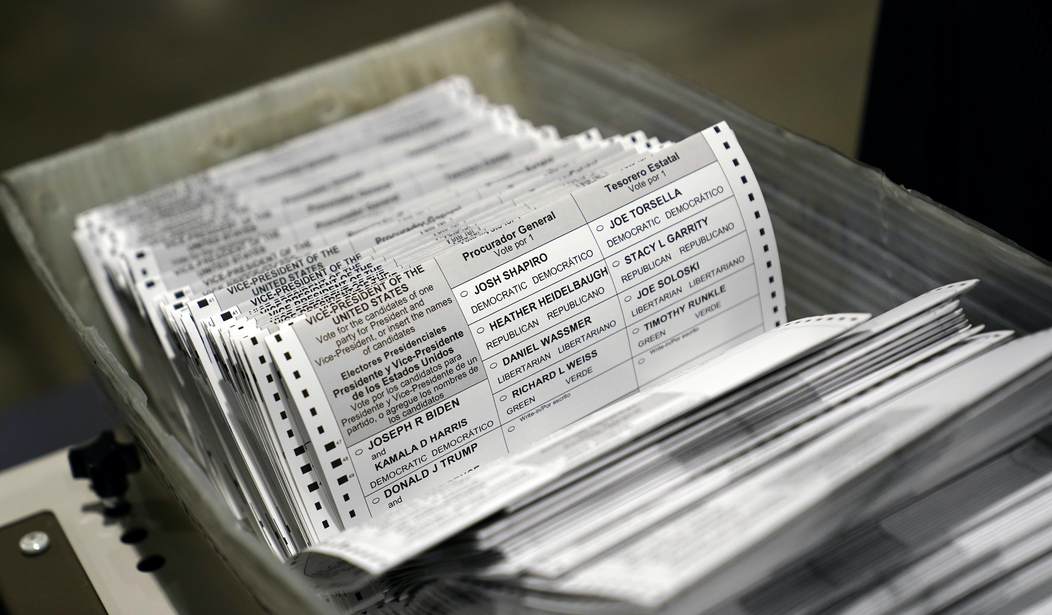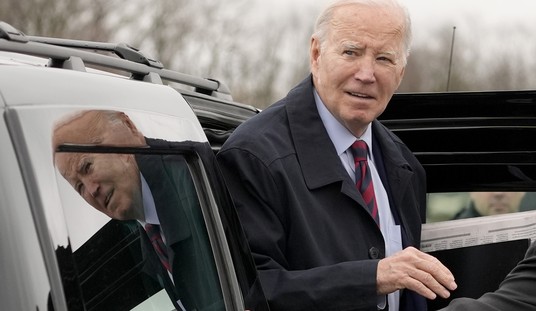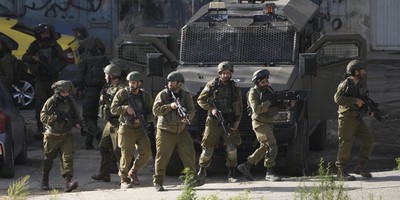With the Wuhan coronavirus pandemic, many states are utilizing some form of mail-in voting for the 2020 election cycle. In fact, some states aren't even holding in-person polling locations. Voting can only be done through snail mail. But just how effective is the United States Postal Service and how do we know that every voter's ballot will be counted?
Fox News conducted an experiment to see how many ballots went missing after they were dropped off at a USPS location. The team sent 500 envelopes from 50 destinations throughout the country to see how quickly these mock ballots would arrive at their intended destination. Producers sent the envelopes in the New York City, Los Angeles, Miami, Chicago and Dallas metro areas. Each metro area had 100 envelopes sent through their system.
Of the envelopes, 11 envelopes, or 2.2 percent, went missing. As of now – more than a month later – nine still remain unaccounted for. The other two were returned to sender.
The most interesting revelation: mail traveling from Los Angeles to New York arrived faster than things being mailed from the East Coast to the West Coast. And, in some cases, the mail from across country came faster than mail circulating in a single city.
Fox explained the best and worst areas for voting by mail, based on their experiment:
Chicago's postal performance was perhaps the most consistent, although slower than some other cities. Nearly all envelopes traveling within the area, and to New York, arrived in about four or five days. The exception was a single envelope sent on Sept. 14 that still has not reached New York.
The state with the poorest performance in the Fox test was Florida where seven out of the 20 envelopes sent from the Miami metro area to New York still have not arrived as of Oct. 26. All of them were also sent on Sept. 14 and 15, in a batch that was otherwise delivered in five days or less.
Recommended
A USPS spokesperson said the agency is doing everything in their power to make sure ballots are received in a timely manner and "the use of extraordinary measures beyond the normal course of operations is authorized and expected to be executed by local management between Oct. 26 and Nov. 24 to accelerate the delivery of ballots, when the Postal Service is able to identify the mailpiece as a ballot."
Back in July, a reporter from WRDW in Pennsylvania conducted a similar experiment. The reporter's team set up a PO Box and mailed numerous sets of fake ballots all across Philadelphia. The idea was to simulate people returning ballots to the local election office. They initially mailed 100 mock ballots. Two days later, they mailed another 100 ballots. The PO box was checked a week later. It was discovered that 21 percent of all the mock ballots hadn't materialized after four days. The first batch, which had been sent out a week prior, also had some ballots missing.
"So out of our 100 ballots, 97 arrived, which sounds pretty good, unless you consider the fact that means that three people that tried to vote by mail in our mock election were, in fact, disenfranchised by mail," the reporter stated.
Two to three percent of ballots might not seem like a lot but it can make a difference, especially in swing states like Florida, Pennsylvania, Wisconsin, Michigan and Minnesota. That can mean the difference between how many electoral voters a candidate gets, which could be the ultimate deciding factor in who the president will be over the next four years.
This would be concerning in non-COVID years but it's even more concerning because of the unprecedented number of people who are voting by mail. In the 2020 primaries, more than 50 percent of Americans voted by mail, more than double from 25 percent in 2018.
























Join the conversation as a VIP Member